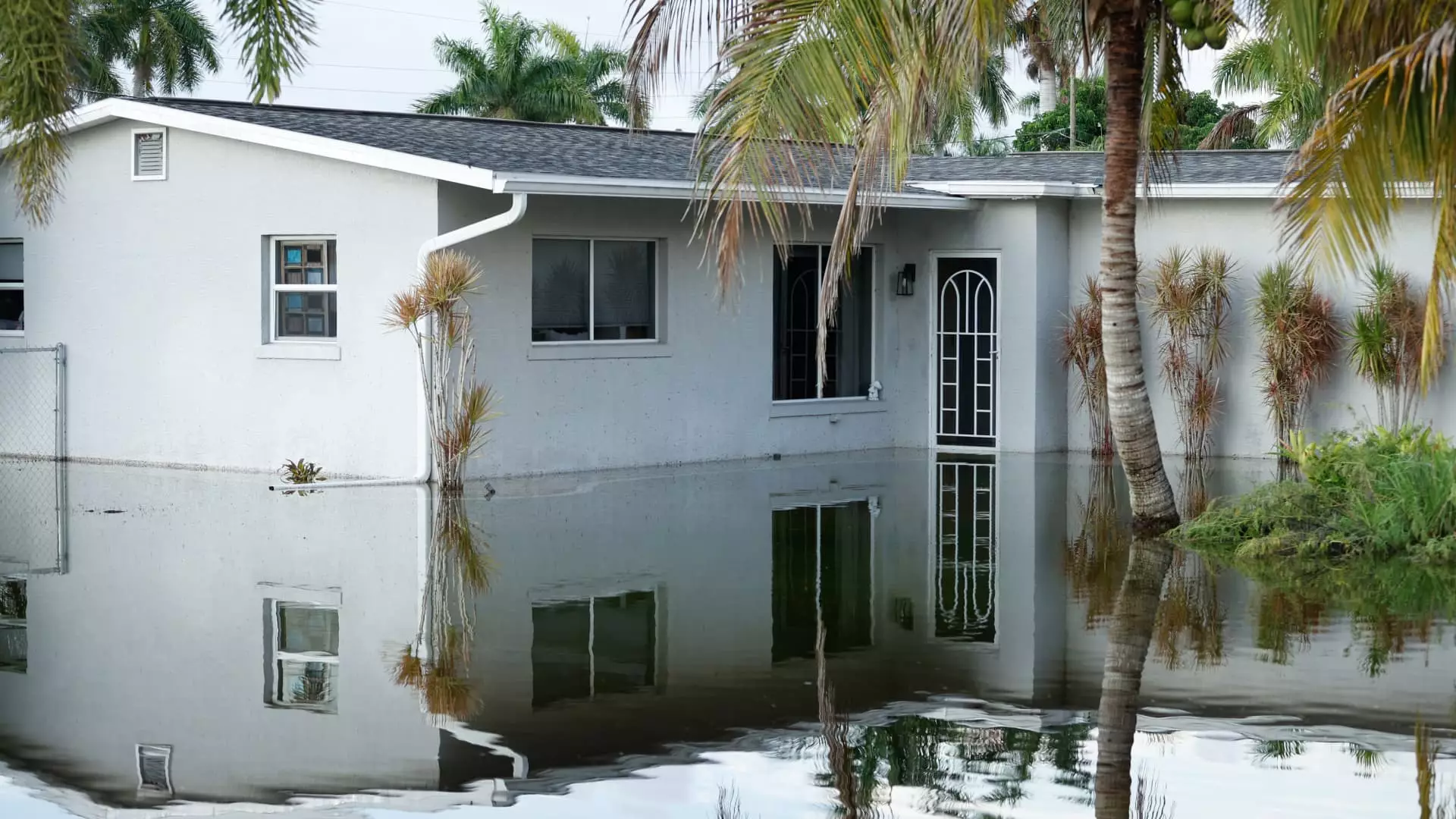In recent years, homeowners across the country have been facing an unexpected increase in their homeowners insurance premiums. According to Policygenius, between May 2022 and May 2023, home insurance prices surged by an average of 21% at renewal time. This rise in premiums has been attributed to the escalation of catastrophic severe weather events that have been affecting various regions. Experts warn that this trend is not expected to slow down anytime soon. As insurers grapple with higher costs due to these weather-related disasters, consumers are bearing the brunt through more expensive premiums.
The pricing of homeowners insurance policies has become more complex due to the changing risk landscape caused by climate change. Carlos Martín, from the Joint Center for Housing Studies of Harvard University, highlights the significant shifts in risk and hazards that properties are facing. Insurers are struggling to accurately factor in these new risks into their pricing models. The lack of data sharing among insurers on individual homeowners’ premiums and risks makes it difficult to quantify how climate risk is influencing policy prices. This lack of transparency poses challenges for both insurers and homeowners in understanding and managing these risks.
While the recent spike in home insurance premiums may seem alarming, it is part of a longer-term trend. From 2012 to 2021, the average premium for homeowners insurance increased from $1,034 to $1,411, according to the Insurance Information Institute. Kenneth Klein, a professor at California Western School of Law, points out that climate change introduces the potential for substantial economic losses due to unpredictable weather events. Insurers must navigate these uncertainties and adjust premiums accordingly to remain financially viable.
The rising cost of home insurance can have significant implications for homeowners, especially those residing in high-risk areas prone to floods or fires. In some cases, insurance companies have stopped offering new policies in regions vulnerable to such disasters. For instance, State Farm halted new applications for California policies in May 2023, while Allstate paused new home, condo, and commercial policies in the state in November 2022. This limited availability of insurance options poses a barrier to homeownership, as most mortgage lenders require insurance coverage.
In response to the challenges faced by homeowners in obtaining insurance, some states have established alternative options. Florida’s Citizens’ Property Insurance and California’s FAIR plan provide coverage for individuals who cannot secure insurance from the private market. While these state-run programs serve as a safety net, they may not offer the same level of coverage or quality as private insurance companies. Klein notes that these programs may lack actuarial precision, leading to potential issues for policyholders who rely on them for coverage.
The increasing cost of homeowners insurance due to climate change presents a complex and evolving challenge for both insurers and consumers. As extreme weather events become more frequent and severe, the need for comprehensive and affordable insurance coverage is more critical than ever. It is imperative for policymakers, insurers, and homeowners to work together to develop sustainable solutions that address the changing risk landscape and ensure the financial security of homeowners in the face of climate-related challenges.

